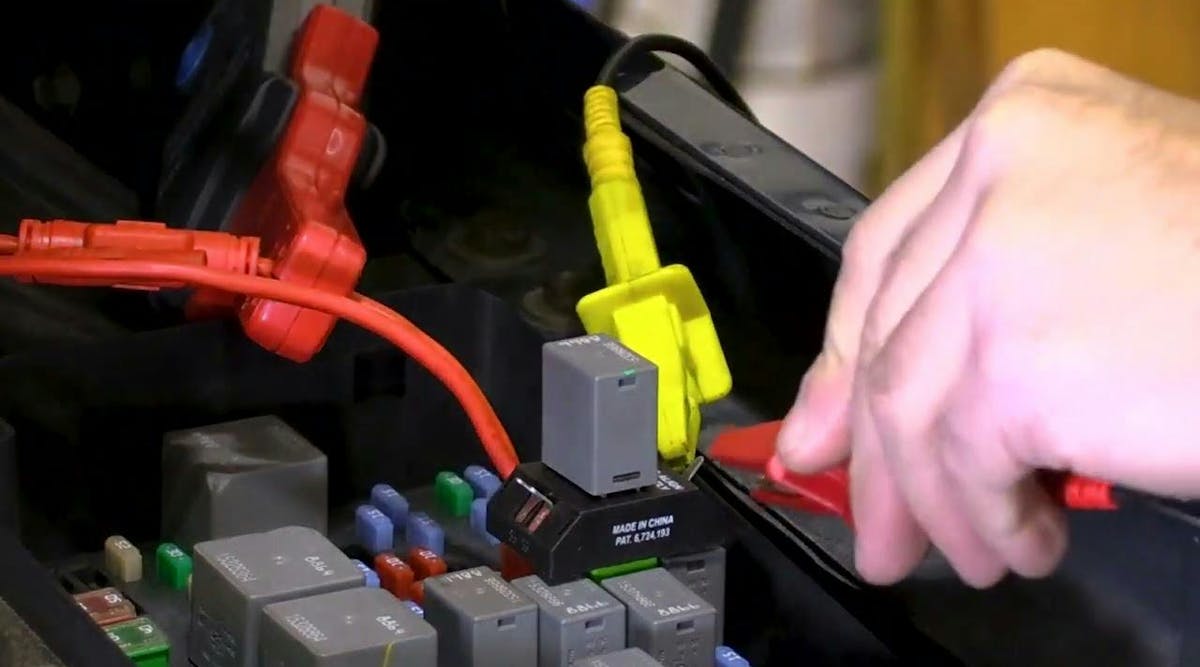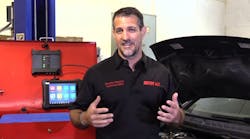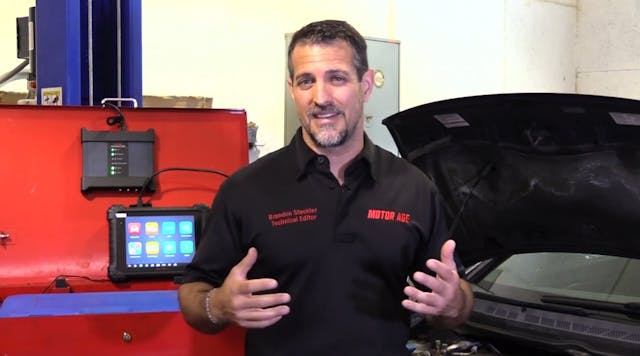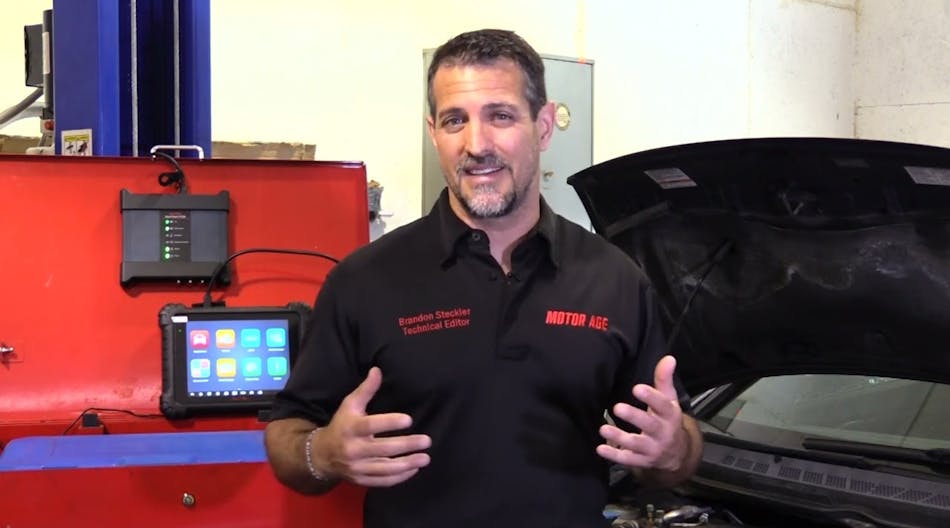Performing a visual safety inspection is the very least you should do for every customer when they bring their vehicle in for service. An inspection of the tires and tire pressure is an important part of that inspection.
Consider that the contact patch on the tire is roughly the size of your hand, and every driver input – acceleration, turning and braking – is dependent on those contact patches staying in contact with the road! Tires that are worn or improperly inflated have a direct impact on the tire’s ability to do just that and there is no excuse for sending a customer out the door with a tire problem that you haven’t either corrected or advised them of.
Today, technology demands a more accurate and professional approach. Using the Autel ITS600 and the TBE200 together makes the process easy and more complete.
It begins by noting the status of the TPMS warning indicator as you bring the vehicle into your service bay. Is the light on or off? If it is on, is the light steady or blinking?
A steady light indicates that at least one sensor is reporting a tire that is underinflated by 20% or more. That is a safety issue all by itself. Underinflated tires run hotter and the contact patch is distorted, affecting handling and braking distance.
A blinking light indicates a fault in the TPMS system itself.
Either can be quickly assessed with the Autel ITS600. Simply connect the VCI to the vehicle’s Diagnostic Link Connector as you would any other scan tool. The tool can automatically populate the vehicle information, or you can use one of the other four methods to enter the info – using the license plate, VIN scan, or manual entry.
If the TPMS light is flashing, the tool can be used in Diagnostic mode to identify the codes stored and to perform troubleshooting of the system. If not, you can move on to the inspection itself.
With the vehicle identified, raise the vehicle up to a comfortable working height and begin the inspection. The first step is to test the sensors. Look for two things; the condition and accuracy of the sensors. Compare the sensor pressure reading to the actual tire pressure using a digital tire pressure gauge.
Any sensors that are not fully functional; that is, not reporting, reporting inaccurately, or showing a weak battery, should be replaced. Any signs of corrosion inside the Schrader valve are another reason for replacement.
If you find a tire that is low, especially if it is lower than the others, rotate the tire slowly and look for anything that has punctured the tire, and recommend the appropriate repair.
Next, I’ll use the TBE200 to inspect the tires for wear. The laser measurement capability of the TBE200 results in an accuracy of 0.1mm – better than an old manual depth gauge – and helps paint a picture of the wear pattern. The tool integrates with the ITS600 and allows you to prepare a detailed report for your customer and, of course, for your shop records.
Should a sensor require a replacement, consider using Autel’s MX-Sensor. The MX-Sensor is a universal programmable sensor that works with any OE direct TPMS system. That makes stocking replacement sensors a lot easier – you only need one part number!
Now let’s address a commonly made mistake - confusing programming with relearning. Programmable sensors must be told what vehicle they are being mated to and the ITS600 offers a few different ways to perform this task.
Copy By Activation – This takes the ID of the existing sensor that is recovered when the sensor is activated and programs it to the replacement.
Copy By OBD – This takes the IDs stored in the module and programs them to the replacements.
Copy By Manual Input – This allows the user to manually enter the data to the new sensor.
Auto Create – This generates brand new codes that are programmed to the sensors.
Once the sensors are programmed, they must then be introduced to the module overseeing the TPMS system. This is the relearn process. The relearn process tells the vehicle which sensor is in which tire. On some vehicles, the spare (if equipped) is also fitted with a sensor. This is an important part of the process when replacing a sensor but is also an important part of routine tire services and rotations.
You can find the process specific to your customer’s vehicle in your service information system.
Tire inspections will always be a fundamental safety check that needs to be performed each and every time a customer comes into your shop. Completing a thorough inspection of tire wear and TPMS operation will make sure that your inspection is a truly professional one.
























